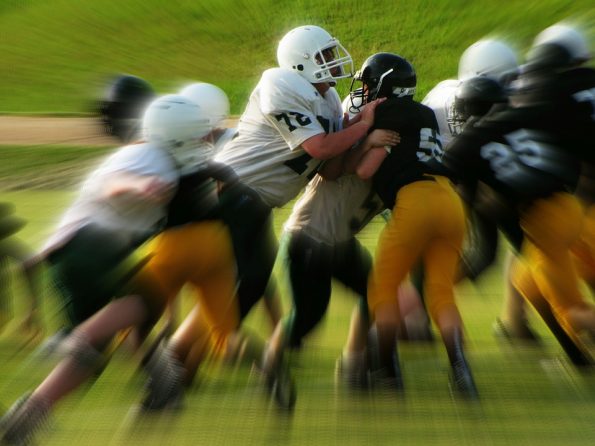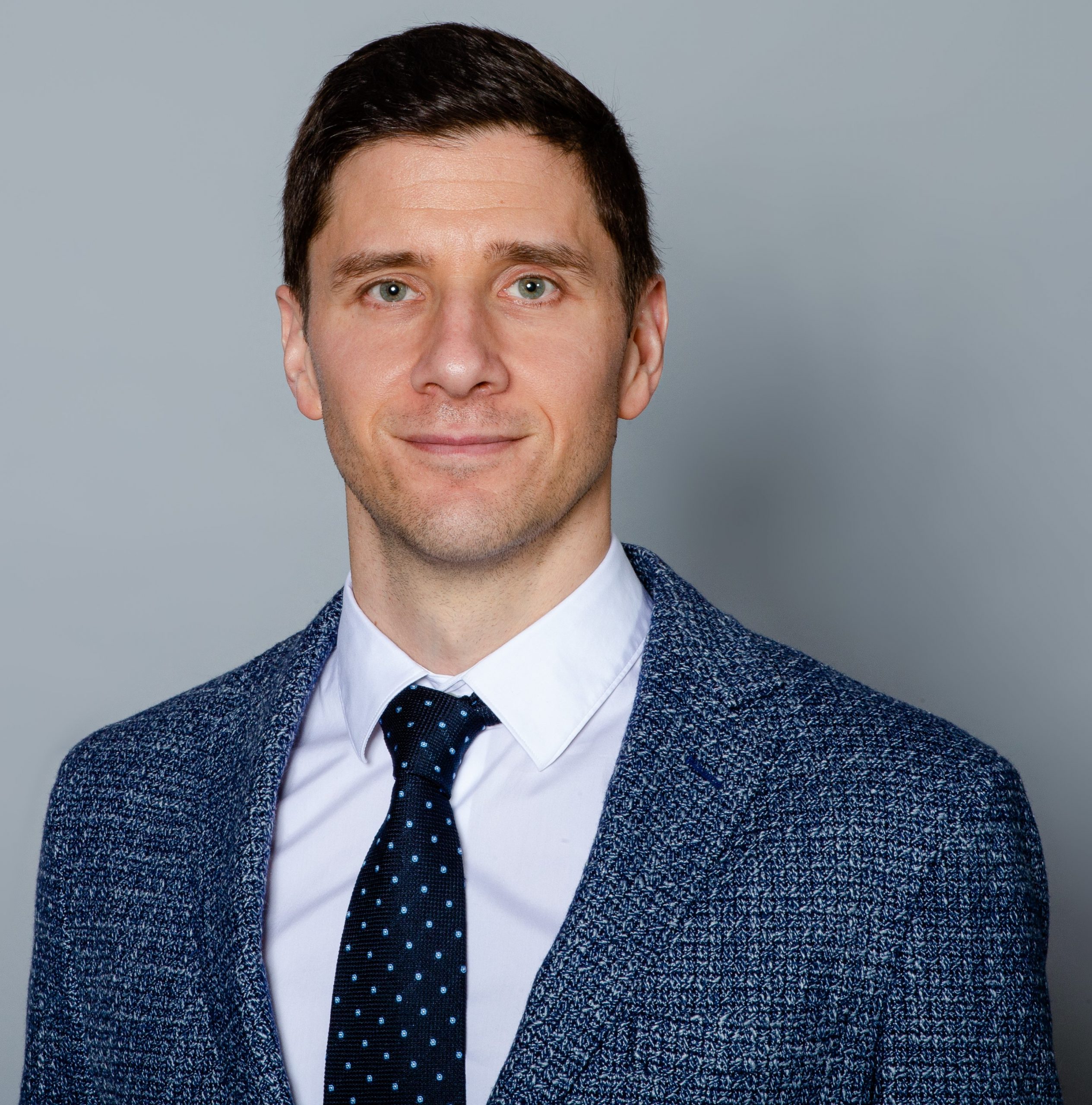Journal Club Summary
Methodology Score: 3.5/5
Usefulness Score: 3/5
Grool AM, et al.
JAMA. 2016 Dec 20;316(23):2504-2514.
EDITORIAL:
Physical Activity or Rest After Concussion in Youth: Questions About Timing and Potential Benefit.
Chrisman SP
JAMA. 2016 Dec 20;316(23):2491-2492. doi: 10.1001/jama.2016.17562.
This prospective multicenter cohort study found a possible relation between early physical activity (<7 days) and a lower PPCS at 28 days post concussion, however it could not proof causation. It was a solid observational study but had many confounders, subjective variables and did not include cognitive activity in their study. Clinically, it is not practice changing but it gives strong evidence to conduct a large RCT.
By: Dr. Rosa Ramaekers
Epi lesson: Blinding of Treatment Allocation
These clinical trial terms are often confused. Concealment is the process whereby the treatment allocation is made unknown or concealed prior to patient randomization. This helps prevent selection bias by ensuring that health providers and research staff are not tempted to include or exclude cases according to their views on the possible treatments. Blinding refers to the methods employed after randomization to ensure that patients, health care providers, and research staff cannot determine whether the patient is receiving the study or the control treatment. This reduces ascertainment bias (the likelihood of differential assessment of outcome). In studies where blinding of the treating clinician and/or patient is not feasible, often the assessors of the outcome and those doing the analysis can be blinded.
By: Dr. Jeffrey Perry

